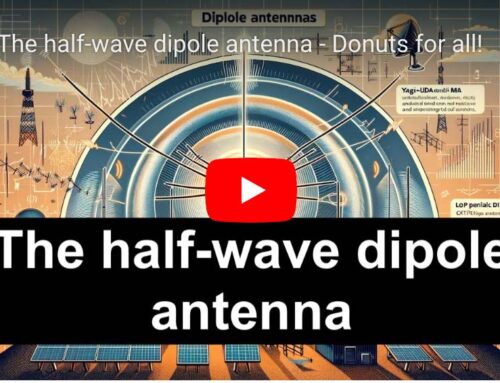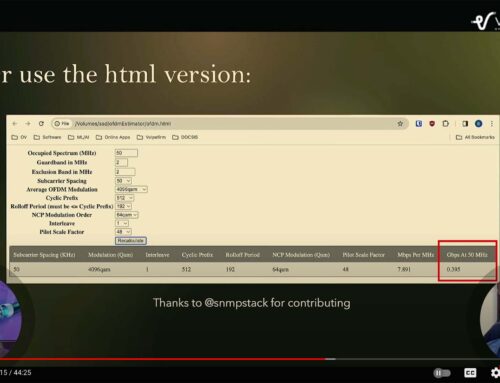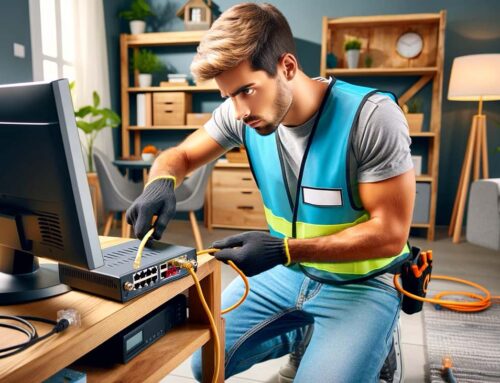Podcast: Play in new window | Download | Embed
Subscribe: Spotify | Email | RSS | More
Plant Balancing in a Distributed Access Architecture (DAA) Part Two
This is episode 59 of Get Your Tech On, our show on All Things DOCSIS. I’m Brady Volpe, Founder of The Volpe Firm and Nimble This. John Downey is with me today. John is CMTS Technical Leader at Cisco Systems, welcome John.
Recap from last week:
- Balancing the plant is not the same in a distributed access architecture network
- When you migrate to Remote PHY – you lose analog video channels and those important analog test signals needed for legacy test equipment – this brings new challenges
- Going to digital DAA eliminates analog laser clipping, which has gotten much worse during COVID-19 with our DOCSIS networks being more congested than ever before
- Moving to DAA improves upstream and downstream SNR / MER and enables substantial upstream RF bandwidth increases, meaning substantial data bandwidth increases
- “RF is sexy again” – Says John Downey
Charter nets big broadband gains in Q1 as self-installs accelerate, adding over ½ million subscribers – broadband is a good industry right now
Be sure to check out the next issue of Broadband Library Magazine and the online edition of broadbandlibary.com where I wrote an article specifically on managing self installs without entering the subscriber’s home augmented with PNM – its a very good article.
Telcos are making a mess of enterprise 5G, says new research?
Follow-up Question from Last week’s show:
Are there negatives to setting up the RPD to expect an 8 dBmV signal as opposed to 0 dBmV signal?
ESD/D4.0 1.8 GHz (RF is sexy again)
- How do we qualify existing plant for extended spectrum before we deploy? No signal out there and CMTS silicon stops at 1.2 GHz.
- How do we address leakage on Downstream if US is 204, 300, 396 MHz?
- Utilize D.1 US probing to generate “signal” from house.
- Deploy nodes and amplifiers with Downstream notch (quad-plexer idea) to allow leakage tone and STB OOB.
- Upstream unity gain means it doesn’t matter what level I use for actually balancing as long as it’s the same.
- The actual level is generated from the CMs and it will be dictated by the CMTS US config and padding right at the CMTS Upstream port in the HE.
- Padding input of the laser is actually better for less laser ingress power and subsequent clipping.
- What happens when more traffic and Upstream spectrum usage along with D3.1 OFDMA and power loading
- Distributed Access Architecture (DAA) eliminates laser clipping, but A/D compressions could still occur
End Podcast
John thank you for your time today. This was a great episode. Our next Episode 60 on May 22th at 2pm.
We do our best to bring our audience great technical content every month. You can watch us live on the air or catch our recorded episodes on YouTube, on our volpefirm.com/events channel or download our audio only version with your favorite podcatcher.
If you have enjoyed this webcast, please do hit the subscribe button so that you never miss an episode.
Thank you so much for being here and we will see you next month.
We do our best to bring our audience great technical content every month. You can watch us live on the air or catch our recorded episodes on YouTube, on our volpefirm.com/events channel or download our audio only version with your favorite podcatcher.
If you have enjoyed this webcast, please do hit the subscribe button so that you never miss an episode.
Thank you so much for being here and we will see you next month.
Upcoming events can be seen under Broadband Events. Previous events can be seen under the blog.
- If you are watching this on youtube please hit the subscribe button!
- Let us know what you think and remember to share!
- You can find slides at the bottom of the page and some on slideshare.
- Find out about events or articles by following us on Twitter, LinkedIn or Facebook too.
Also available on iTunes, Google Podcasts, Spotify, vurbl see podcasts “get your tech on”.




Leave a Reply